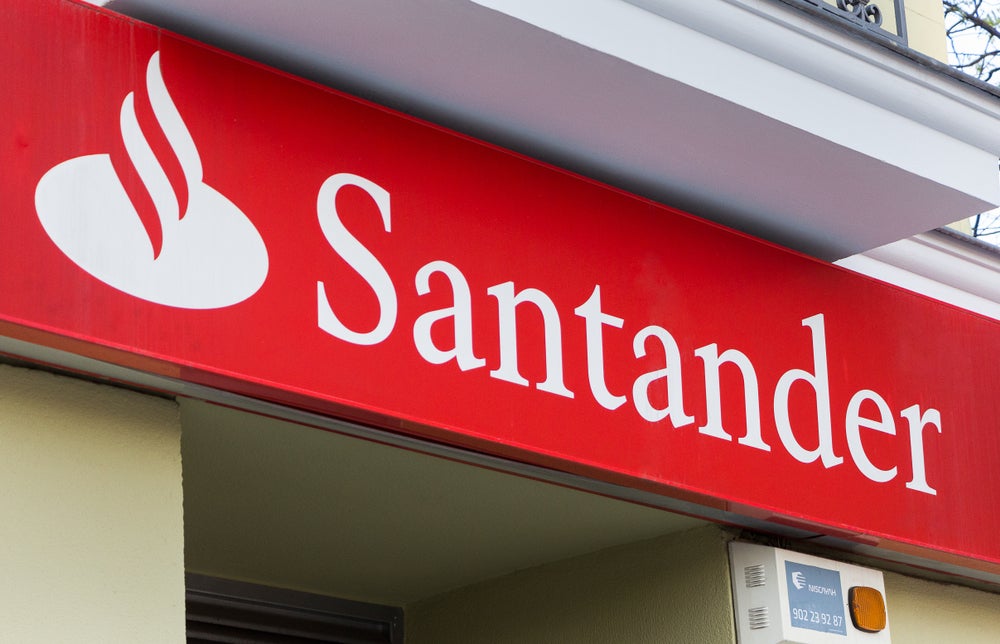Banca Comerciala Româna (BCR), a member of the Erste Group, is Romania’s biggest bank in terms of asset value, client base, savings and crediting. However, it has struggled to match consumers’ developing digital needs. As a result, BCR has overhauled its branches for a new technological age. Patrick Brusnahan writes

As of June 2016, BCR had 511 branches in Romania. That is a lot of space to develop, but BCR realised something needed to be done.
Speaking to RBI, Irina Mihailescu, head of retail channels evolution at BCR, says: “The rapid evolution of technology and its increasing adoption rate brought significant changes into the behaviour of the people: They now want everything fast, simple and convenient.
For both new and existing clients, it is highly important to innovate and perpetually reshape the customer experience, to meet their evolving needs and expectations.”
Developments included interactive tables for services, ID scanners for authentication – which save more than 80% of operational time according to BCR, a Business Hub, and video banking booths.
How well do you really know your competitors?
Access the most comprehensive Company Profiles on the market, powered by GlobalData. Save hours of research. Gain competitive edge.

Thank you!
Your download email will arrive shortly
Not ready to buy yet? Download a free sample
We are confident about the unique quality of our Company Profiles. However, we want you to make the most beneficial decision for your business, so we offer a free sample that you can download by submitting the below form
By GlobalData“We built the concept on the premise of embedding technology into the lives of our customers, as technology is the tool that responds to the growing need of staying connected, always being available, flexibility and promptitude,” states Mihailescu.
Since launch, these services have seen varied amounts of success. While the average number of transactions per month on the interactive tables is 90, the amount of business reservations at the Hub is 15, and so far there have only been eight video-banking calls a month.
While some customers happily switched from face-to-face interaction in a branch to more digital offerings, Mihailescu notes that some customers were more reluctant.
She explains: “The digital branch was designed as a gateway between the physical and digital worlds.
“We brought technology and integrated it in every touch point of the customer journey so that those that still prefer branches as a main channel for banking would get used to digital in a seamless way.
“We aimed towards a double goal: to consolidate our relationship with existing customers and to increase our portfolio with new active, transactional customers.”

The way forward
Redeveloping a branch network is no easy or quick feat. From concept to public launch, the process took BCR close to eight months. This included aligning timelines with stakeholders, providers and software developers.
“The first steps towards building the concept of the digital branch was to select the most suitable unit from our network that was meant to undergo a radical change in design and customer flow,” Mihailescu says.
“The branch had to be easily reached by people used to technology, open to digital, and willing to change their financial interaction behaviour. A central unit, located in a crowded crossroads, right in the heart of Bucharest, was the perfect choice.”
An ambitious project such as this comes with its own share of challenges. Adapting to new technology is only the beginning. A bank would need to reshape the entire customer experience around the new technology, rather than just bolting it on.
Additionally, staff need to be trained on how to use the new offering and on how to pass that knowledge onto the customer in a reassuring way.
“We realised that equipping the branches with devices and going through a facelift is not sufficient in offering a user-friendly experience to our customers,” Mihailescu explains.
“Sometimes we are confronted with weak financial education or reticence to technology from our customers, which needs to be addressed in a different manner. Our aim is to be more than a big bank in Romania, but a partner for our society, an important driver for financial inclusion and education in our community.
“Therefore, we planned to promote and educate both customers and staff to adapt to evolving technology, by organising workshops and dedicated sessions focused on financial education. All staff are being trained to become ambassadors of digital channels.”

Keeping ahead
BCR wants to retain its position as the leading bank in Romania, and this new branch concept is part of that.
“Our stake is to maintain our number one position on the Romanian market, and for this we need to constantly set a higher standard for everything that impacts our customers: the range of products and services, customer experience and customer journey,” states Mihailescu.
“The branch network is an important factor in terms of the way we are perceived. The launch of our digital branch created a buzz in the market, setting a new benchmark in terms of in-branch customer service and experience.”
However, with the market constantly raving about how digital is the future, is such a large-scale investment in physical channels a good idea?
Globally, branch closures are a common occurrence. Since the beginning of the year alone numerous banks, including Wells Fargo, HSBC and Sabadell, have announced branch closures. Is this too little too late?
Mihailescu says: “As customers can handle a major part of their banking business through other channels, the need to visit branches regularly is decreasing. However, the branches still play an important role in customer relationships.”
She continues that the key is to ensure that the services are up to the standards required. If the new services do not function immediately, the likelihood is that the customer may never use them again.
However, new offerings cannot simply match up to previous experiences. They not only need to be easier and quicker, but also more memorable and convenient.
“We consider ourselves more than just a bank, but a real partner for our customers and society,” Mihailescu adds.
“Of course, the market has shifted to digital across the world, but we put real value on customer satisfaction and customer relationships.
“While transactional banking migrates to online and self-service, our branches will be an integral part of a new social interchange, improving the quality of services.
“Customers will be better informed about competitive products, increasingly comfortable using the different distribution channels available, as a response for their expectations in terms of the level of responsiveness, advice, and service they receive from us,” Mihailescu concludes.









